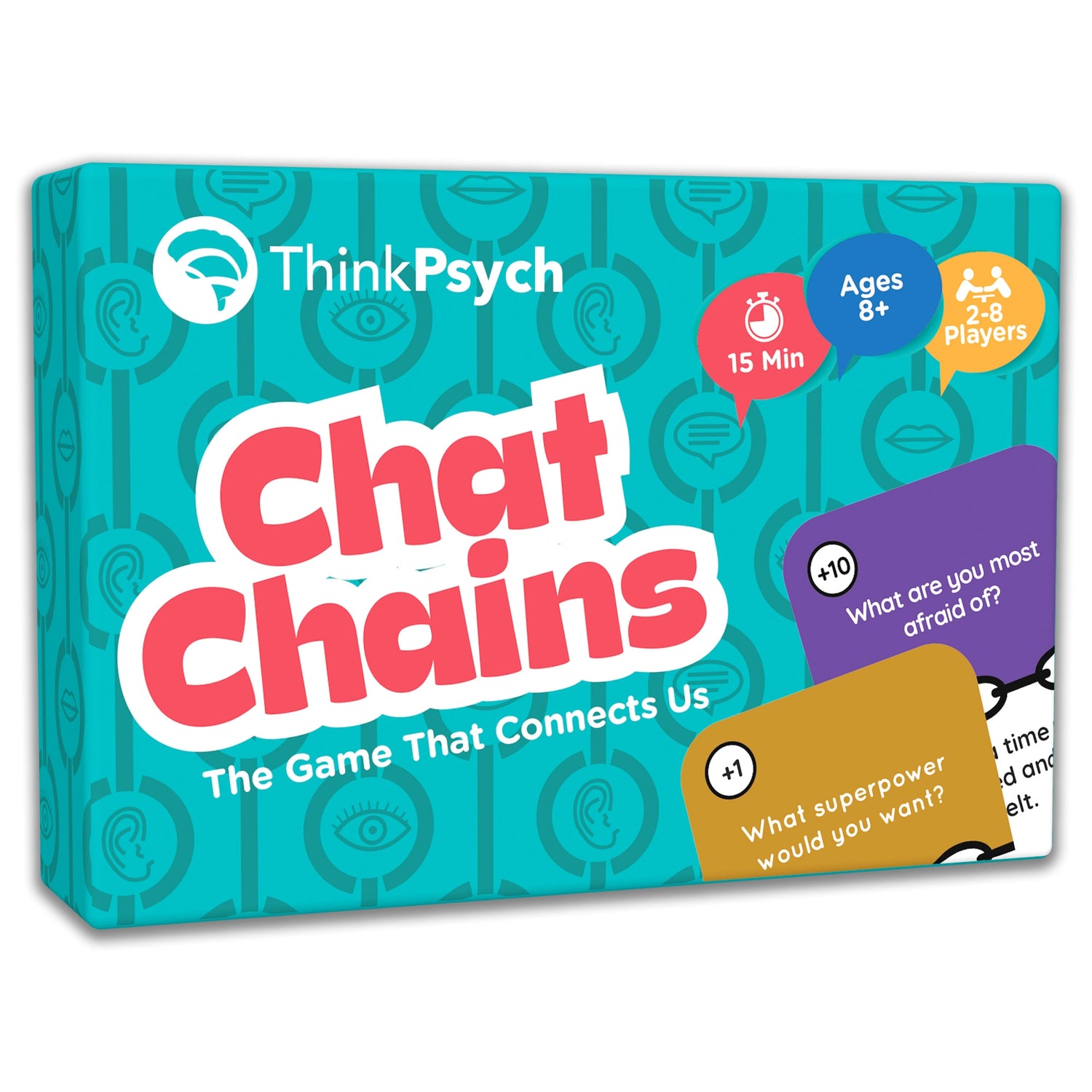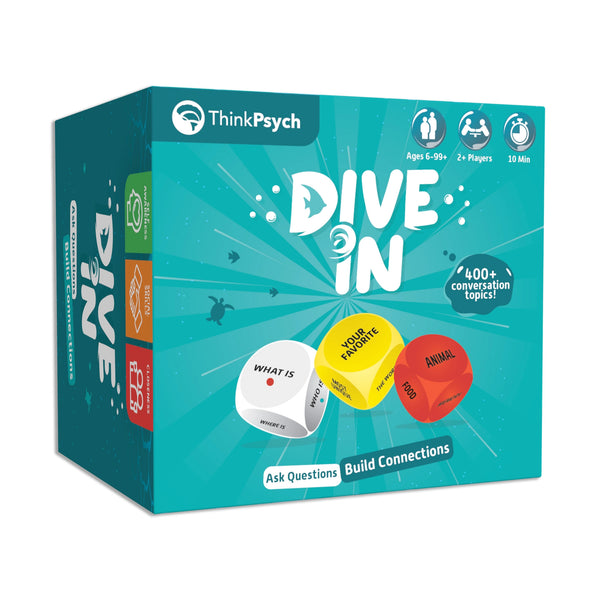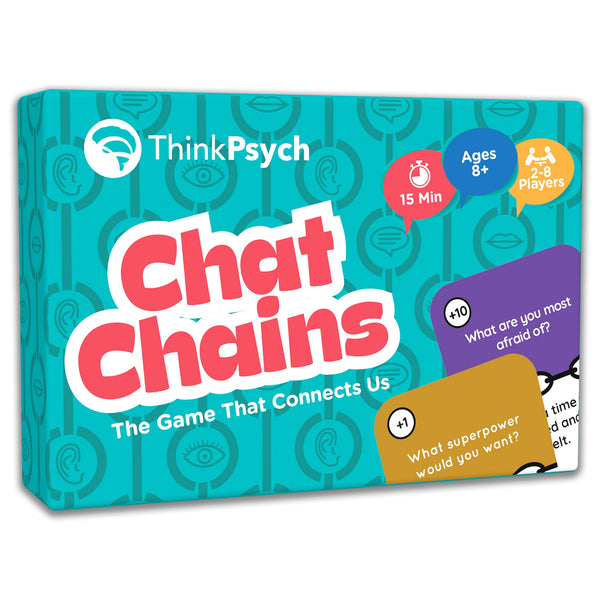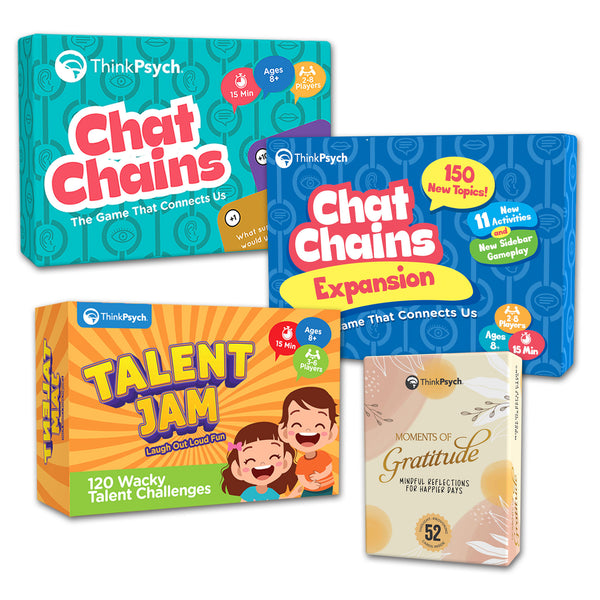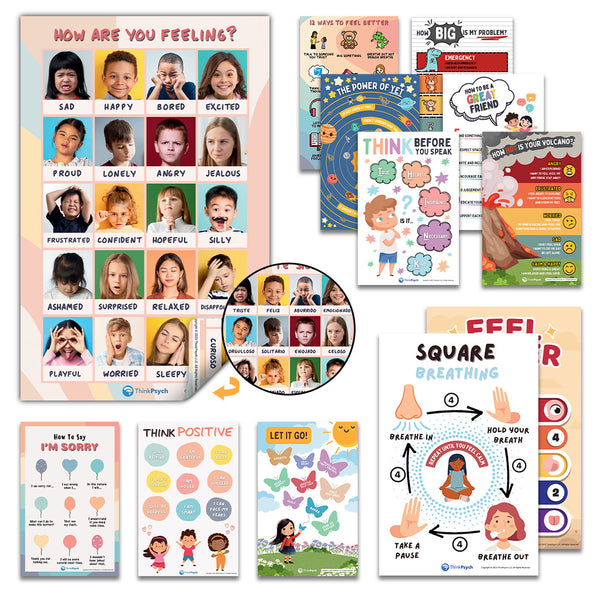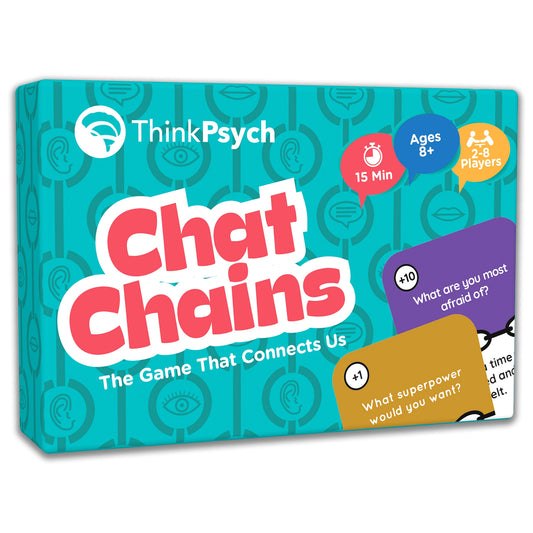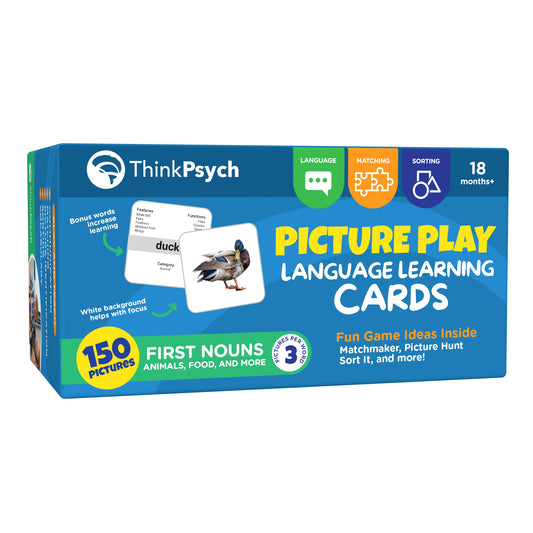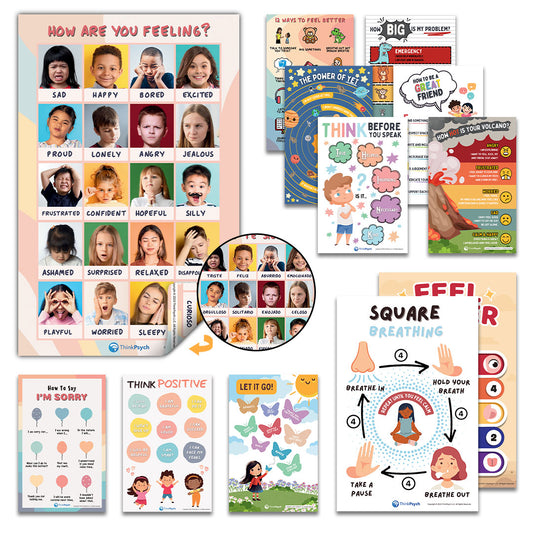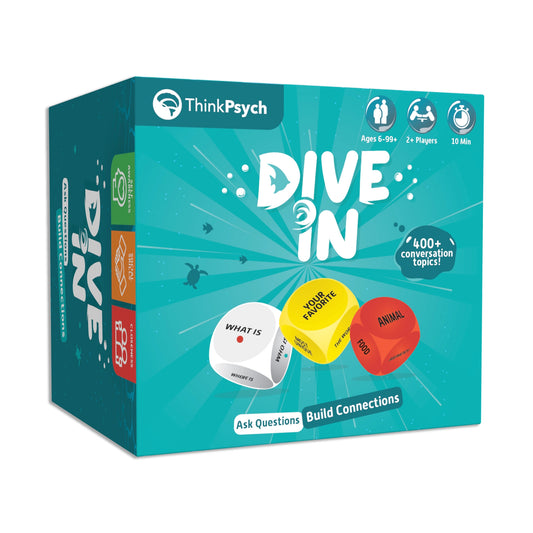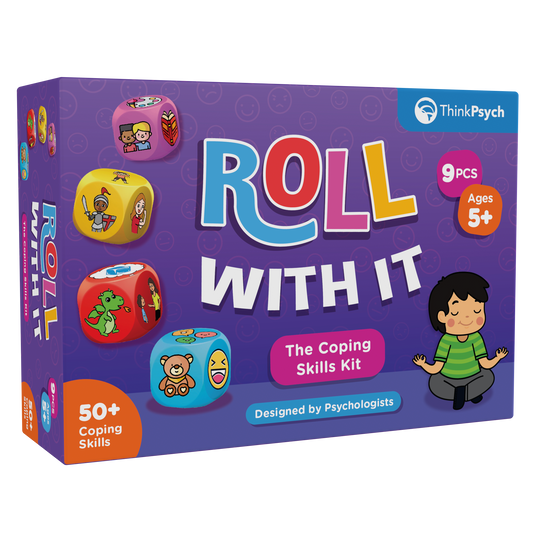
Nurturing a Sense of Belonging: Strategies for a More Connected Classroom
Share
You know how the saying goes, "No man is an island." We all need connection and a sense of belonging to thrive. Just think of a student who's been excited to start a new school year, but soon, they find themselves struggling to fit in - excitement quickly starts to fade, and worry sets in.
When students believe that they belong in school, they're much more likely to excel. But sadly, nearly half of students don't feel this way. As teachers, we can make a difference.
Something like belongingness goes beyond academics. It is a basic human need. We all want our students to succeed, and one of the best ways to help them is by building a classroom where they truly are connected. Here's what you need to know to create that kind of environment.
Importance of Belonging in the Classroom
A student's well-being and academic success depend on feeling like they belong. Students who are valued are more energized and focused. They're also generally much more eager to participate, spend extra time on tasks, and genuinely enjoy being at school.
But when students don't feel like they belong, it can be quite a different story. They may struggle to concentrate and even experience emotional stress. This often shows up in ways like skipping school, as they try to avoid environments where they're out of place - only making things worse.
Teachers have the power to change that. Every student feels seen and appreciated when we create a welcoming, inclusive classroom. This not only improves their academic performance but also supports their emotional health, making the classroom a place where they can succeed.
Building an Inclusive Classroom Environment
While encouraging independence in students is important, building a welcoming classroom matters, too. A welcoming atmosphere helps students feel safe, valued, and ready to learn. When students enter a classroom where they know they belong, it sets the stage for positive interactions and meaningful learning.
Creating a physical space that reflects inclusivity is a big part of this. From how desks are arranged to the images on the walls, every detail makes students feel more comfortable and supported. It's about making sure that every student, no matter their background or abilities, fits in.
Here are some strategies for creating an inclusive classroom that fosters both independence and belonging for everyone.
Cooperative Learning
Working in small groups helps students develop social skills, learn from one another, and feel more connected. This is what cooperative learning can do - a collaborative effort among the students that gets them more engaged and become team players.
To make cooperative learning effective, it's essential to structure activities where everyone is involved. Assign specific roles within each group, like a leader, recorder, or presenter, so each student has a clear responsibility. This not only keeps everyone on task but also shows students how valuable their contributions are.
Mixing up groups regularly also encourages students to work with different classmates, encouraging them to build relationships across the classroom. Over time, these interactions can create a more inclusive and supportive environment.
Peer Mentoring and Buddy Systems
It's great to have peer mentors and buddy systems when students are transitioning. Pairing students together allows them to help each other, whether it's with classwork, overcoming social challenges, or adjusting to new routines.
In a peer mentoring program, older or more experienced students are paired with younger or new students. The mentor offers guidance, shares insights, and lets the mentee feel more comfortable in the classroom. This benefits both the mentee and the mentor, who develops leadership skills and empathy.
Buddy systems, on the other hand, focus more on mutual support. Buddies work together on assignments, share resources, and provide emotional support. This system is particularly useful for new students or those who might feel isolated, as it gives them an immediate connection within the classroom.
Classroom Meetings
Regular classroom meetings can give students a safe space to share their thoughts, discuss issues, and celebrate successes. When students feel heard and valued, they're more likely to participate and contribute something to the class.
Classroom meetings can be structured in different ways, depending on what your students need. You might start with a quick check-in where students share how they're feeling, followed by a discussion of any classroom concerns or upcoming events.
It's important to encourage everyone to participate so that even the quieter voices can be heard. These meetings also provide an opportunity to teach important social skills like active listening and respectful communication.
Culturally Responsive Teaching
Culturally responsive teaching acknowledges and values your students' diverse backgrounds. Your teaching can become more inclusive when you incorporate their cultures into it.
You can achieve this by learning about the cultural backgrounds of your students. This can include everything from understanding their family traditions to recognizing the holidays they celebrate. You can then weave this knowledge into your lessons, using culturally relevant examples and materials that resonate with your students.
Shop ThinkPsych Products
Create an environment where students feel comfortable sharing their own cultural experiences. Encourage them to share stories, traditions, or customs with the class. This not only enriches the learning experience for everyone but also gives those from diverse backgrounds a chance to belong.
Social-Emotional Learning (SEL) Integration
Social-emotional learning (SEL) teaches students to develop the skills they need to manage their emotions, build positive relationships, and make responsible decisions. Integrating SEL into your daily classroom activities can create a more supportive and empathetic environment.
There are many ways to incorporate SEL. For example, you can start the day with mindfulness activities, like 'belly breathing' and practicing daily gratitude, so students can focus and manage their emotions. During lessons, discuss empathy, respect, and cooperation, and encourage students to reflect on their feelings and actions.
You can also create opportunities for students to practice SEL skills in real-life situations. Role-playing scenarios, group discussions, and various collaborative projects can let students apply what they've learned.
Positive Reinforcement and Recognition
Positive reinforcement, a fundamental principle of B.F. Skinner's operant conditioning, is a powerful tool for encouraging positive behavior in the classroom. This principle refers to the introduction of a desirable or pleasant stimulus, such as a reward, after a behavior.
So, when you recognize and reward students' efforts, you don't just boost their confidence but also motivate them to continue engaging positively in class.
There are many ways to use positive reinforcement. Verbal praise is simple but effective. Acknowledge students when they show good behavior, work hard, or demonstrate kindness to others.
You can also 'gamify' the class by setting up a reward system, like earning points or tokens for positive actions. These tokens can then be exchanged for privileges or small prizes.
Don't forget to be fair and consistent in recognizing students. Acknowledge the achievements of all students, and not just those who excel academically. This way, you can create a classroom culture where everyone's efforts are valued and where students are encouraged to support each other.
Wrapping Up
Creating a connected classroom adds to the learning environment more than just teaching lessons, but also creates a space where every student feels they belong.
The sense of belonging you foster today shapes confident and resilient individuals who are ready to face the world. As you work to create a space where every student feels valued, know that you're making a lasting impact on their lives.
To further support your students' emotional growth, make sure they're also learning essential social-emotional skills (SEL). ThinkPsych is the leading brand of evidence-based language and SEL products for kids of all ages. Our tools are designed to educate, inspire, and empower children, giving them the emotional intelligence they need to thrive.
Among the fun games we have up our sleeves are Chat Chains and Dive In, which are perfect for building connections between students. We also have Talent Jam to shake things up, full of wacky challenges for students to step out of their comfort zones.
With ThinkPsych's resources integrated into your classroom, you can continue to build a connected, supportive environment that nurtures every student's potential.
Sources:
- New data reveals only half of students feel welcome in their schools
https://districtadministration.com/new-data-reveals-only-half-of-students-feel-welcome-in-their-schools/
- Why is it Important for Students to Feel a Sense of Belonging at School? 'Students Choose to be in Environments That Make Them Feel a Sense of Fit,' Says Associate Professor DeLeon Gray
https://ced.ncsu.edu/news/2021/10/21/why-is-it-important-for-students-to-feel-a-sense-of-belonging-at-school-students-choose-to-be-in-environments-that-make-them-feel-a-sense-of-fit-says-associate-professor-deleon-gra/
- Operant Conditioning: What It Is, How It Works, and Examples
https://www.simplypsychology.org/operant-conditioning.html
